february 14, japan, Japanese sweets, shrines, valentines day
Valentine’s Day in Japan: What is Giri & Honmei Choco?
Christian Closs
Posted on February 05, 2022
Share:
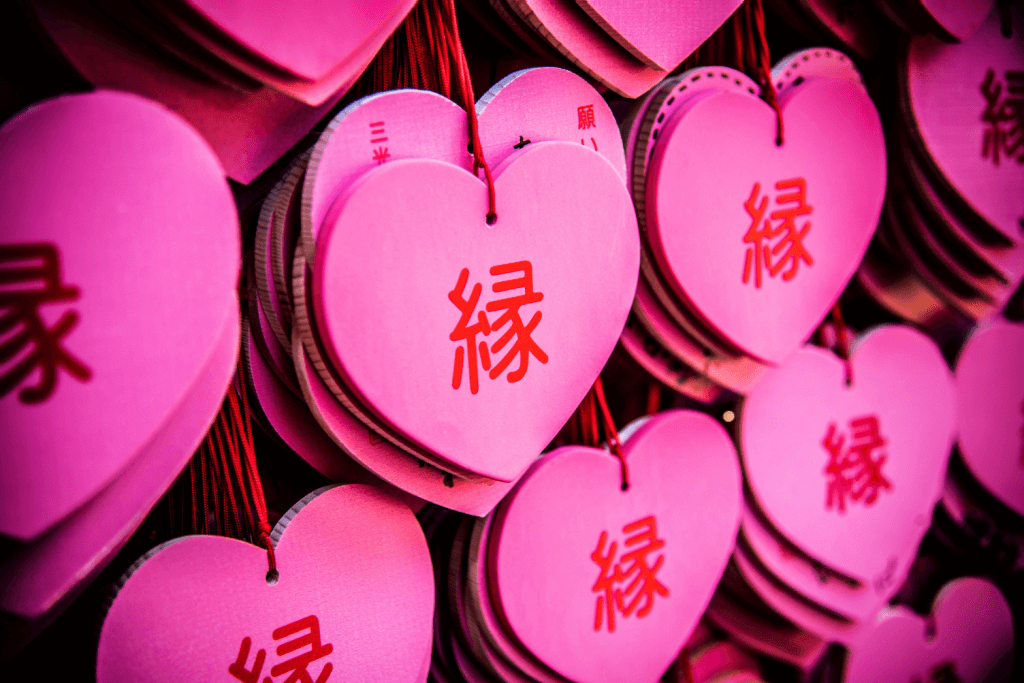
Valentine’s Day in Japan has two main treats: giri-choco for colleagues and honmei choco for loved ones. There is a simple reason: chocolate introduced Valentine’s Day to the country in the first place. Read on to learn more about the various kinds of chocolate exchanged in Japan on February 14th and a bonus segment about matchmaking shrines!
History of Valentine’s Day in Japan
Valentine’s Day’s roots go back for centuries. While its origins are in Christianity, it is not an official public holiday in any country. Originally a feast day in honor of a Christian martyr named Saint Valentine, the now global custom of presenting flowers, confectionery, and letters to loved ones on February 14th eventually appeared in 18th-century England.
Even though Christianity is not a part of Japanese culture, the celebration arrived in the country by via chocolate imports. With traditional Japanese sweets called wagashi well established, the arrival of chocolate in Japan in the early 20th century initially did not catch the attention of many people.
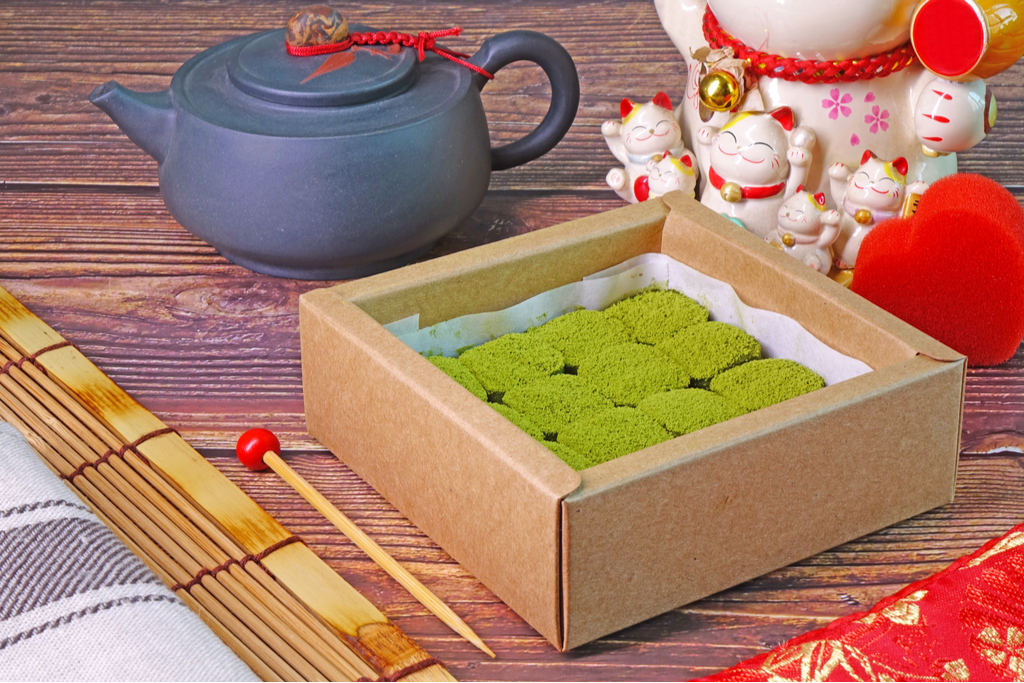
While numerous shops producing and selling chocolate operated in Japan by the 1930s, they did so with non-Japanese customers in mind. Morozoff, one such shop run by a Russian immigrant, was responsible for bringing the custom of gifting Valentine’s Day chocolate to Japan.
The shop ran an ad campaign in a magazine aimed at foreign residents and, much like chocolate in Japan overall, failed to make waves amongst the Japanese population. Modernization, changing lifestyles, World War II, and the following US occupation eventually allowed Japanese chocolate sales to overtake those of traditional Japanese confectionery in the 1950s and -60s. Some of Japan’s largest department stores ran campaigns that advertised the gift of chocolate for Valentine’s Day, and the practice ultimately took hold.
Still looking for some Valentine’s Day sweets to give away or enjoy for yourself? Sakuraco sends traditional Japanese sweets & snacks, including chocolate, from across Japan to your door.
Different Types of Chocolate on Valentine’s Day
Chocolate is not only given to romantic partners, however. Friends and co-workers are also included in the Japanese Valentine’s Day formula. The type of chocolate gifted essentially falls into three categories:
Giri Choco – Literally ‘Obligation Chocolate’
Usually on the cheaper side, these ‘obligatory chocolates’ are usually given to colleagues or acquaintances. As the name indicates, no romantic feelings are involved in gifting this chocolate.
Honmei Choco – Literally ‘True Feeling Chocolate’
Given only to a romantic partner or love interest, honmei choco usually involves the highest quality and most elaborately wrapped chocolate.

Tomo Choco – Literally ‘Friend Chocolate’
A step above giri choco, tomo choco is chocolate for friends. Most often exchanged between female friends, this chocolate often includes a personal thank you message or something similar.
Giri Choco Criticism and the Future
As unique as Japan’s take on Valentine’s Day is, criticism of its associated obligations has been growing. Some employers have banned giri choco in particular because they believe it places an unnecessary social burden on women and can lead to misunderstandings regarding the intention behind the chocolate.
However, giving chocolate to friends and romantic partners remains popular! As a result, manufacturers continue to run Valentine’s Day campaigns to great response. Couples use the occasion for special dates; for those without partners, there is always tomo choco to give and a shrine to visit.
What are matchmaking shrines?
Japan’s Shinto religion has a god and shrine for almost anything one could ask for. Many people ask for academic success, business prosperity, good health, and matchmaking. For Valentine’s Day, it is common for both couples and single people to visit a shrine that is well-known for blessing relationships or even curing heartache. Imado Shrine in Asakusa is one such power spot.
It’s also rumored to be the origin spot of Japan’s maneki neko. You may have seen this white ‘beckoning cat’ that can be found at Japanese restaurants worldwide. A lot of couples visit here to strengthen their relationships by writing ema.
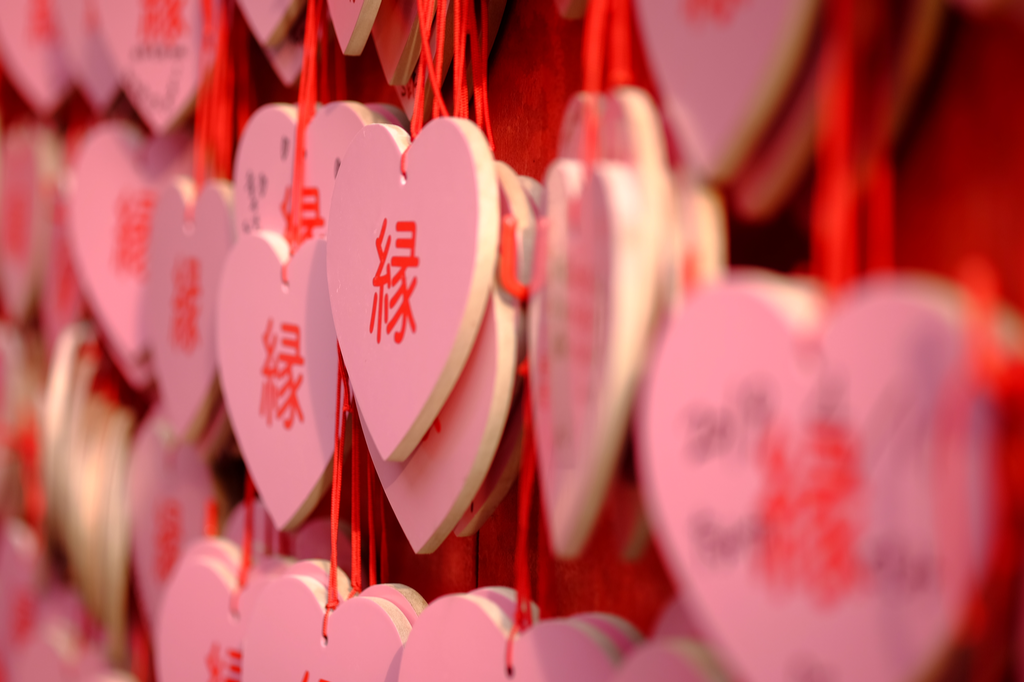
Ema are wooden tablets available at shrines and temples to make a wish. Visitors write their hopes and desires on the tablet, then hang them near the shrine. At Imado Shrine, couples write these together to strengthen their bond. However, there are also plenty of sites meant to bless those still seeking love.
Kuzuryu Shrine in Kanagawa prefecture’s Hakone is one such site. Drinking the shrine’s spring water is said to help those looking for love! Hundreds of people seek its powers just before Valentine’s Day every year.
So, as you can see, there are many ways to express your love–or obligations on Valentine’s Day in Japan! Some people opt out of gift-giving altogether and enjoy chocolate by themselves. Despite this, it’s easy to see how this tradition has become very popular in Japan. How do you usually celebrate Valentine’s Day? Let us know in the comments below.

Discover authentic flavors with Sakuraco
Get Sakuraco 

Discover authentic flavors with Sakuraco
Get Sakuraco 
Related Articles
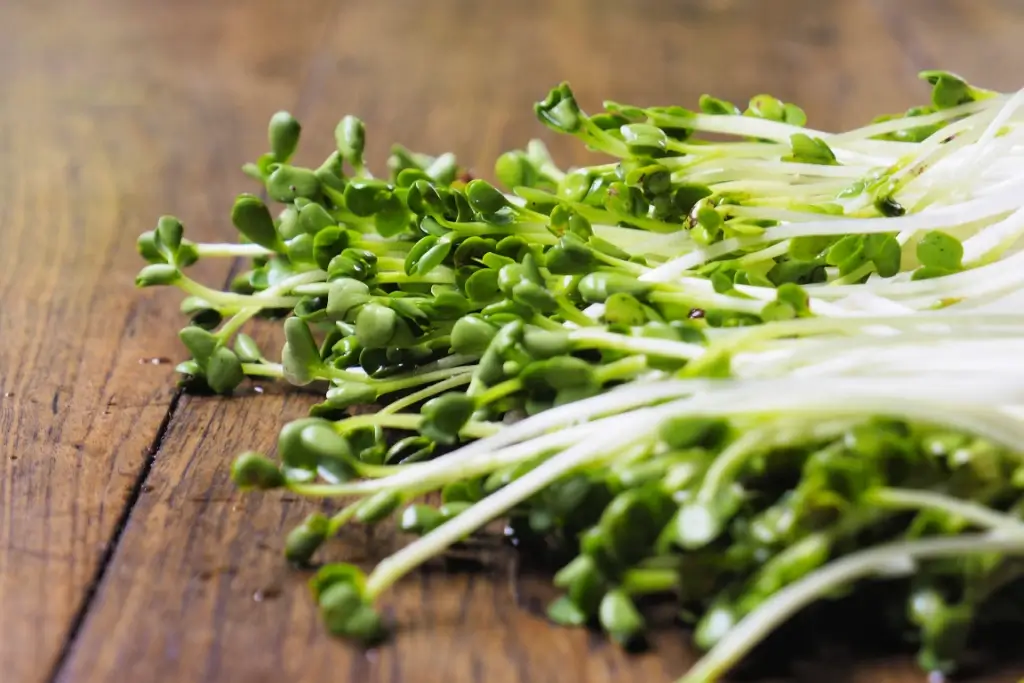
Kaiware and Amazing Japanese Herbs to Try!
Japanese herbs are an essential part of the country’s culinary tradition. One herb that stands out is kaiware, widely used in Japanese cuisine, thanks to its sharp taste and crisp texture that add a fresh and spicy kick to dishes.
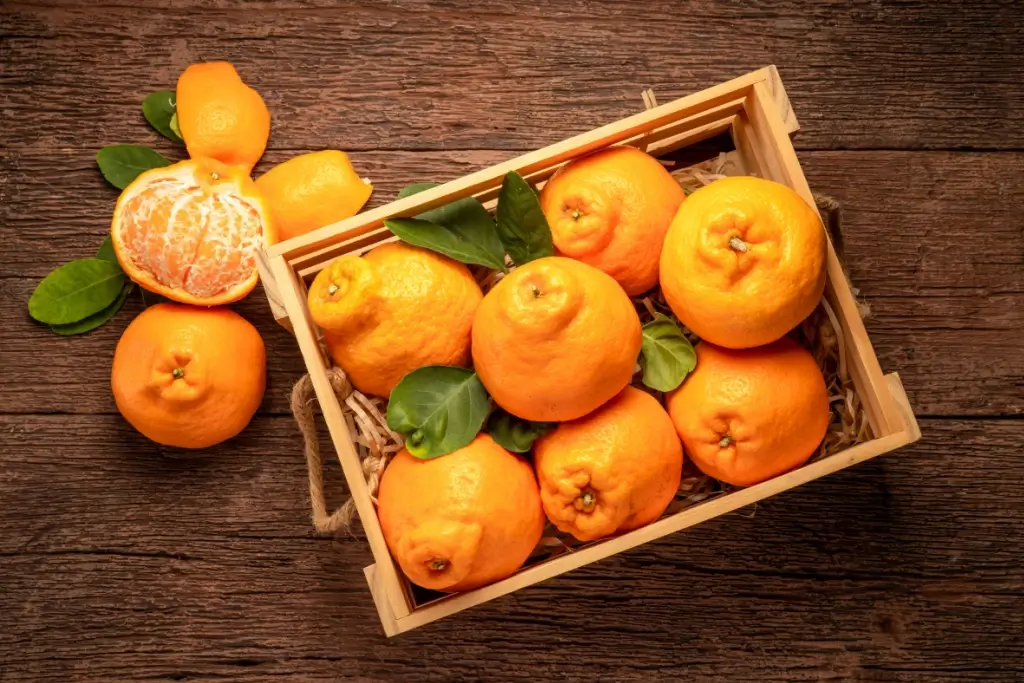
Dekopon and the Rarest Fruits from Japan
Japan is home to some of the world’s most unique and rare fruits. From dekopon to these fruits, they offer unique flavors! Local farmers grow each fruit with care and regional pride.

Japanese Fish and Seafood You Should Try This Winter!
As the chilly winds of winter settle in, there’s no better time to explore the rich, comforting flavors of Japanese fish and seafood. With its pristine waters and centuries-old fishing traditions, Japan offers some of the world’s freshest and most unique seafood. Let’s check out a few of them!
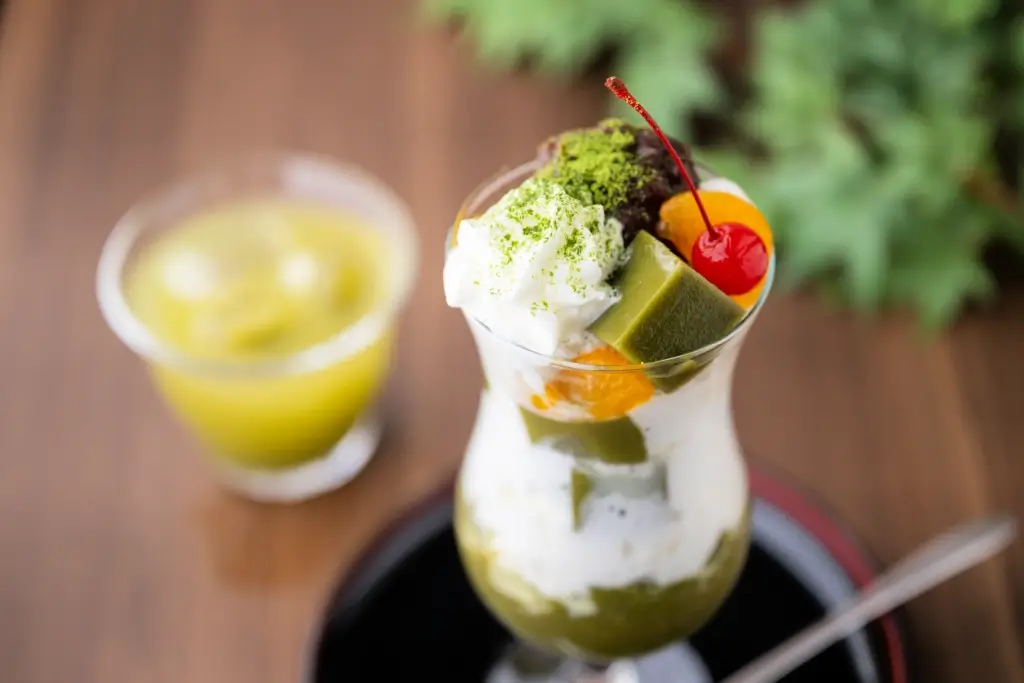
Japanese Parfait is Just One of Many Dessert Classics!
Japanese parfait is just one of many desserts that blend tradition and modern creativity! Be prepared to explore classic desserts in new, creative ways that will leave you wanting more!



